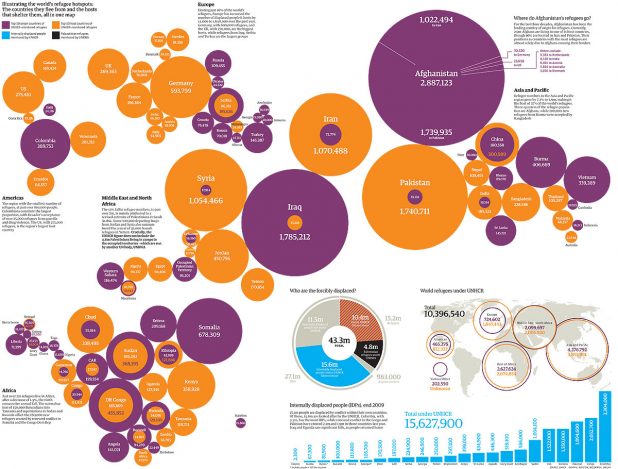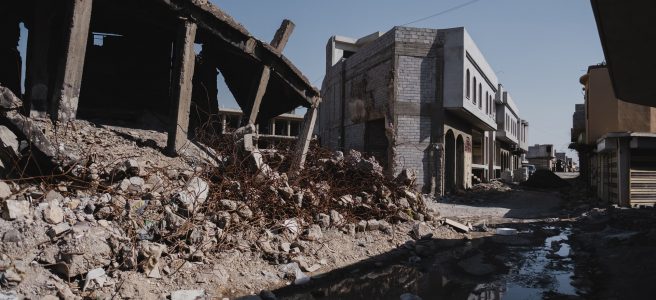
Each day, more than 30,000 human beings are forced to leave their original countries are refugees. That’s according to the United Nations. But where are the majority of these people coming from? What are they running from, and where do they finally end up?
Origin of refugees
More than half of all refugees in the world come from Syria, Afghanistan, and Somalia.
- 1. Afghan refugee situation – the afghan conflict has lasted since 1978 when the Soviet Union invaded the country. Refugees from this nation have fled to the surrounding states. And to add salt to the injury, the situation didn’t quite improve after the Soviets left. There’s been a consequent civil war, the Taliban conquest, and most recently the western-led invasion of the country following September 11, 2001, terrorist attacks by Al Qaeda. This means that over the last few decades, there’s been constant war in Afghanistan, and millions of people have fled the violence. There are about six million refugees (from Afghanistan) in neighboring Pakistan. This makes Afghanistan the number one refugee-producing nation on earth, a title that it’s held for about 32 years. More than 95% of Afghan refugees are situated win either Pakistan or Iran. Smaller groups have relocated to NATO countries and India.
- Syrian refugee crisis – in recent times, Syria’s civil war has created one of the most worrying refugee situations ever. Over 11 million have either died or fled their homes. This includes nearly 5 million people who have sought refuge outside the country. Families already inside Syria are struggling to survive, as the war continues. Hundreds of thousands are risking their lives trying to make their way to Europe, while many more others are seeking shelter in the neighboring countries. About 2.7 million Syrian refugees are currently in Turkey, 1 million in Lebanon (1 out of every 4 people in this country is a Syrian refugee), 650,000 in Jordan, and 220,000 in Iraq.
- Somalia refugee crisis – with no functioning government, clan wars that have lasted for decades, and a deadly terrorist group commanding swathes of the country, Somalia has been often described as a failed state. The 1991 collapse of the then Somali government and the resulting civil war resulted in hundreds of thousands of refugees. About 500,000 Somali refugees fled to Kenya, while nearly 250,000 went to Ethiopia. Most of those who went to Kenya settled in the expansive Dadaab refugee camp, which was designed to handle just 160,000 refugees but is currently home to half a million. There are about 100,000 more Somali refugees in Kakuma camp, as well as about 30,000 urban refugees in Kenya’s capital, Nairobi. As the international community supports a weak government that was recently installed in Somalia, both Kenya and Ethiopia are considering resettlement as a viable, durable solution.
Other countries that have produced a significant number of refugees include Congo DR, Myanmar, Eritrea, Vietnam, South Sudan, Sudan, Colombia, and Mali.
Based on the size of the population, Lebanon hosts the highest number of refugees (more than a quarter of people living in the country). Based on Economic capacity, Pakistan is the number one refugee host country, followed by Ethiopia and then Kenya.

